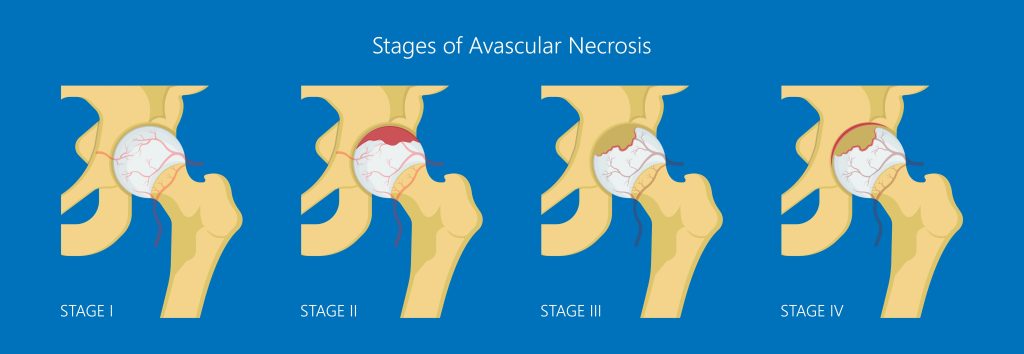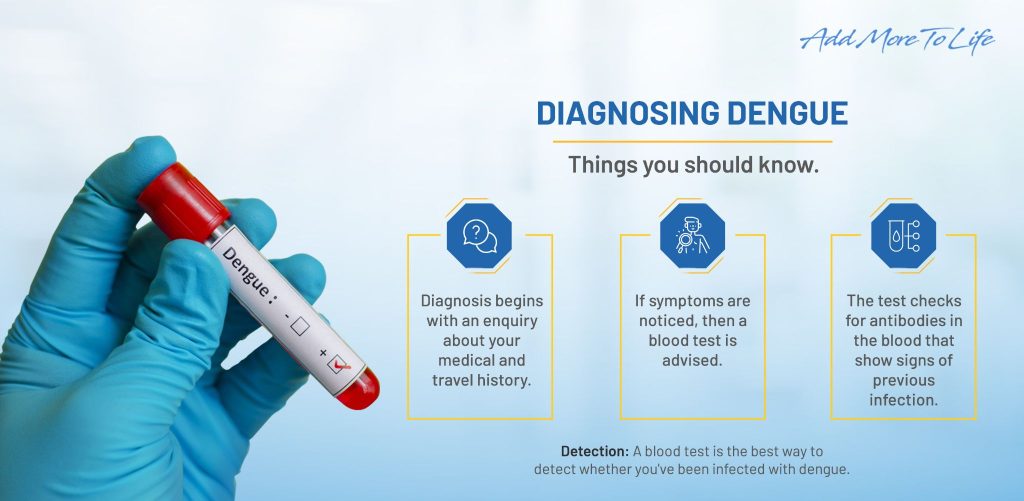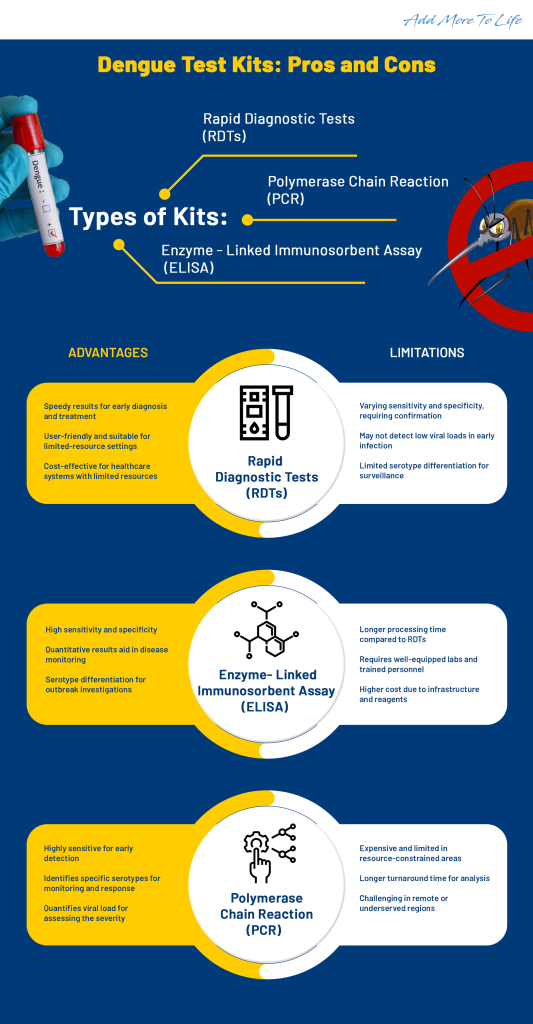Introduction
The benefits of minimally invasive procedures are noteworthy, known and widely accepted in the medical world. From lesser tissue damage, less pain, faster healing and recovery to quicker return to routine, these benefits have paved the way for laparoscopy to evolve as a progressive alternative for conventional and traditional methods of surgery. Laparoscopy has been evolving, and continuously offering more refined, advanced, expanding and improved surgical outcomes. However, with every coin having two sides, the other side of laparoscopy presented some challenges that needed to be attended to in order to cater to ever changing clinical needs of the healthcare professionals and the patients. Technological advancement in the field of laparoscopy has resulted in the introduction of smart handheld devices to assist the surgeons in laparoscopic surgeries.
Smart handheld devices have been in the news with their role in addressing the challenges of surgical performance in laparoscopic surgeries by the healthcare providers.
Read the blog to gain an understanding about smart handheld devices and their role in laparoscopic surgeries.
Role of Robotic Systems in Laparoscopy
Robotic system assists the surgeon in complex surgical procedures, by –
reducing the potential chances of human error,
enhancing the surgeon’s capabilities, efficacy and performance offering accuracy, and precision
ensuring that the surgical outcomes are not affected by the surgeon’s mental and physical constraints,
offering continuous and consistent performance, being stress and fatigue resistant, unaffected to emotional responses, highly dexterous and efficient in maneuvering complex movements.
What is a smart handheld device in laparoscopy?
A smart handheld device in laparoscopy is a lightweight, well-articulated, dexterous and computer programmed device that imitates the natural hand movements of the surgeon, enabling accuracy, and precision in performing complex surgeries. The device provides ease, comfort, flexibility, and control to surgeons in maneuvering surgical operations.
Role of Handheld Devices in Laparoscopic Surgeries
The need for smart handheld devices in laparoscopic surgeries was felt with surgical challenges posed by minimal invasiveness in gaining access through the incisions to the inner body parts of the patients. The surgeon’s restricted range of motion created difficulty in handling the surgical tools and performing the procedures. The conventional devices required the surgeons to perform repeated movements in restricted motion, which in the long run affected their posture, physical health and overall wellbeing.
Robotic systems paved the way for more transformative surgical procedures with promising accuracy, efficacy and precision, that the conventional surgical tools and instruments lacked with their straight and rigid tips and limited range of motion. The master-slave robots in laparoscopic surgeries require the use of wrist joint and the master console. This master-slave robots lack proximity to the inner organ, require large console with large infrastructure, workflow setup, and high cost.
Smart handheld devices entered the surgical scene with promising outcomes, with the prime goal of bridging the gap between conventional laparoscopic instruments and robotic surgical instruments, ensuring efficacy, dexterity, accuracy and precision like robotic instruments with affordable infrastructure and workflow setup for surgeries.
Future of smart handheld devices
Though robot driven smart handheld instruments have a promising future at the horizon, they are in the early stages of development. The scope of the handheld devices in various laparoscopic surgeries including hernia repairs, gastrointestinal procedures, hysterectomy, prostatectomy, colectomies, to name a few, is noticeable. Several clinical trials are underway to study the use of these devices and this is a sign of its high prospects in the near future. These devices are increasingly in use for laparoscopic surgeries, with their low cost as compared to robotic system, being the major reason.
The benefits these smart handheld devices entail in terms of efficient articulation, ergonomic comfort, ease in use, cost-effectiveness, optimal fitting and functionality, augmenting surgeon’s efficiency, expertise and skills, smooth maneuvering and control of operations offer a bright future for laparoscopy to evolve and revolutionize surgical outcomes and patientcare.
References
https://www.intechopen.com/chapters/59483
https://hospitalprofessionalnews.ie/2023/09/25/handheld-robotic-systems-for-minimally-invasive-surgery/






